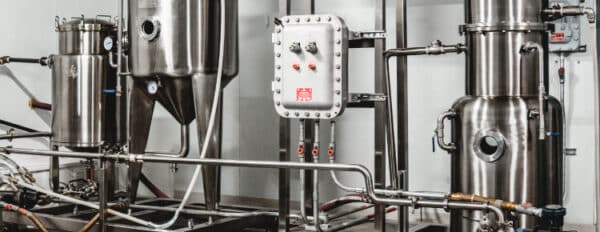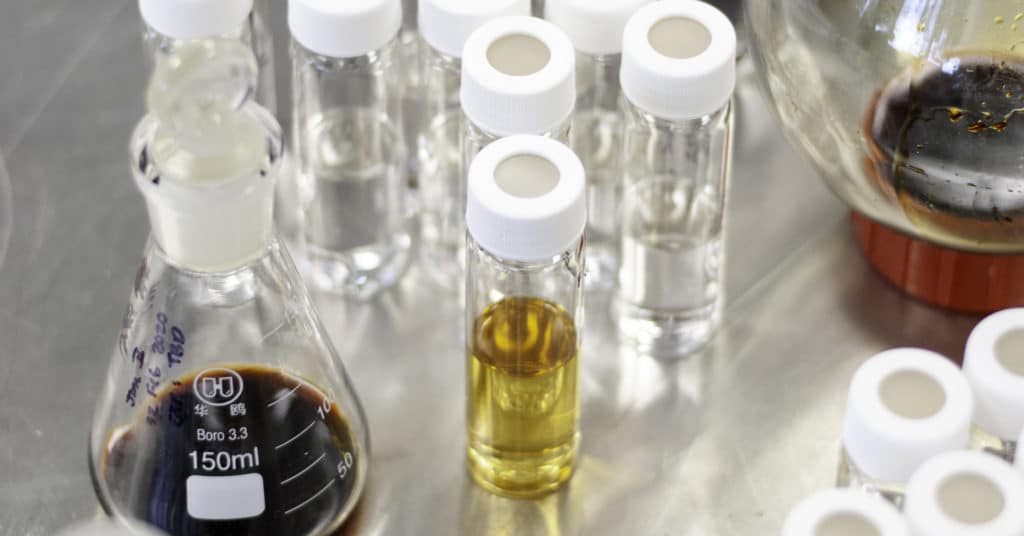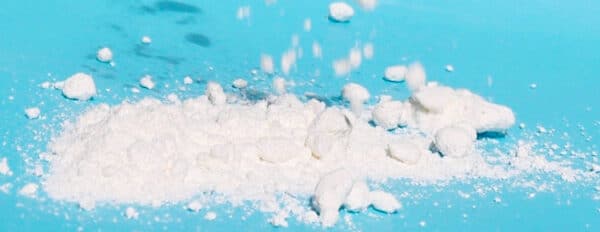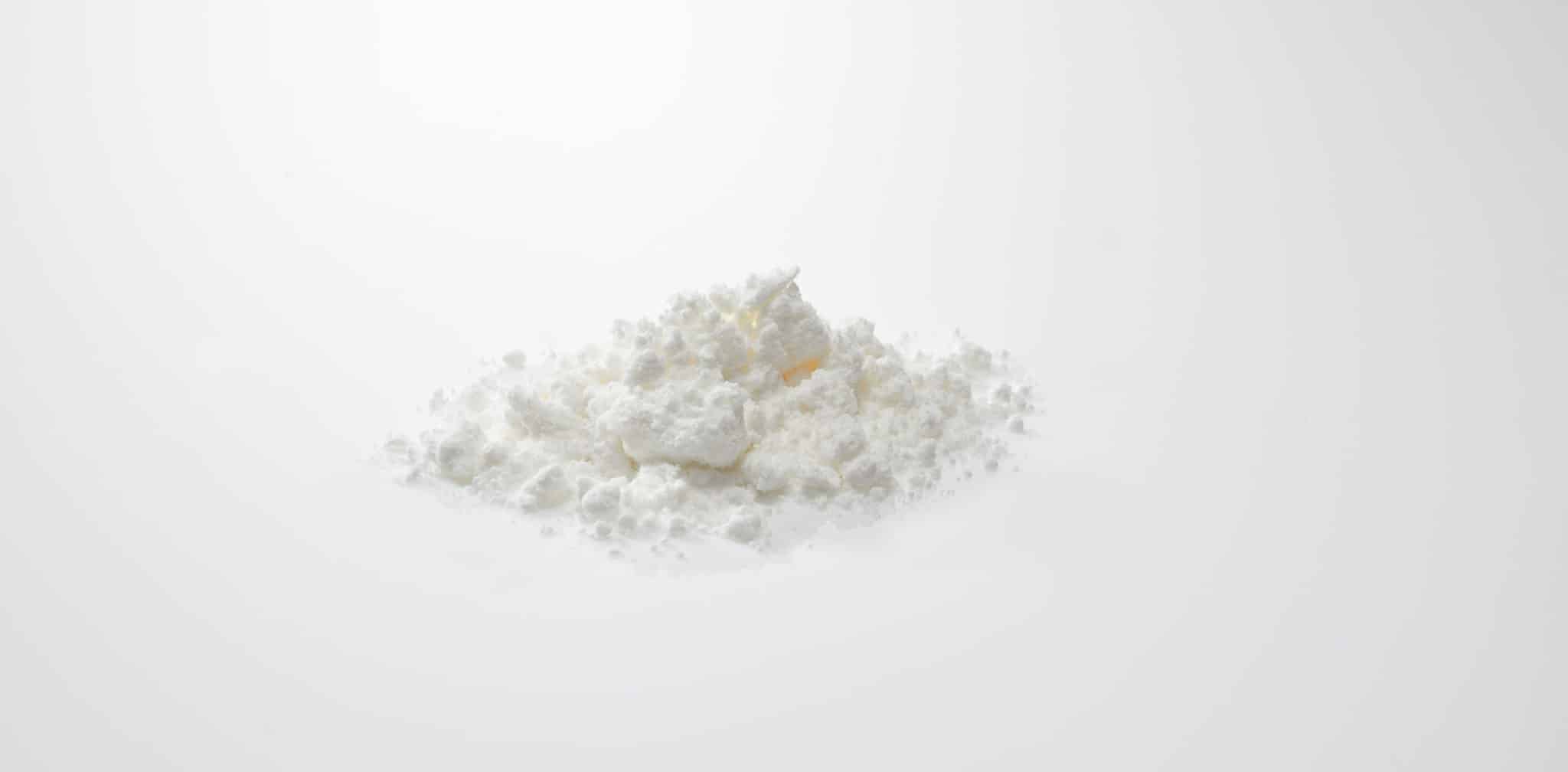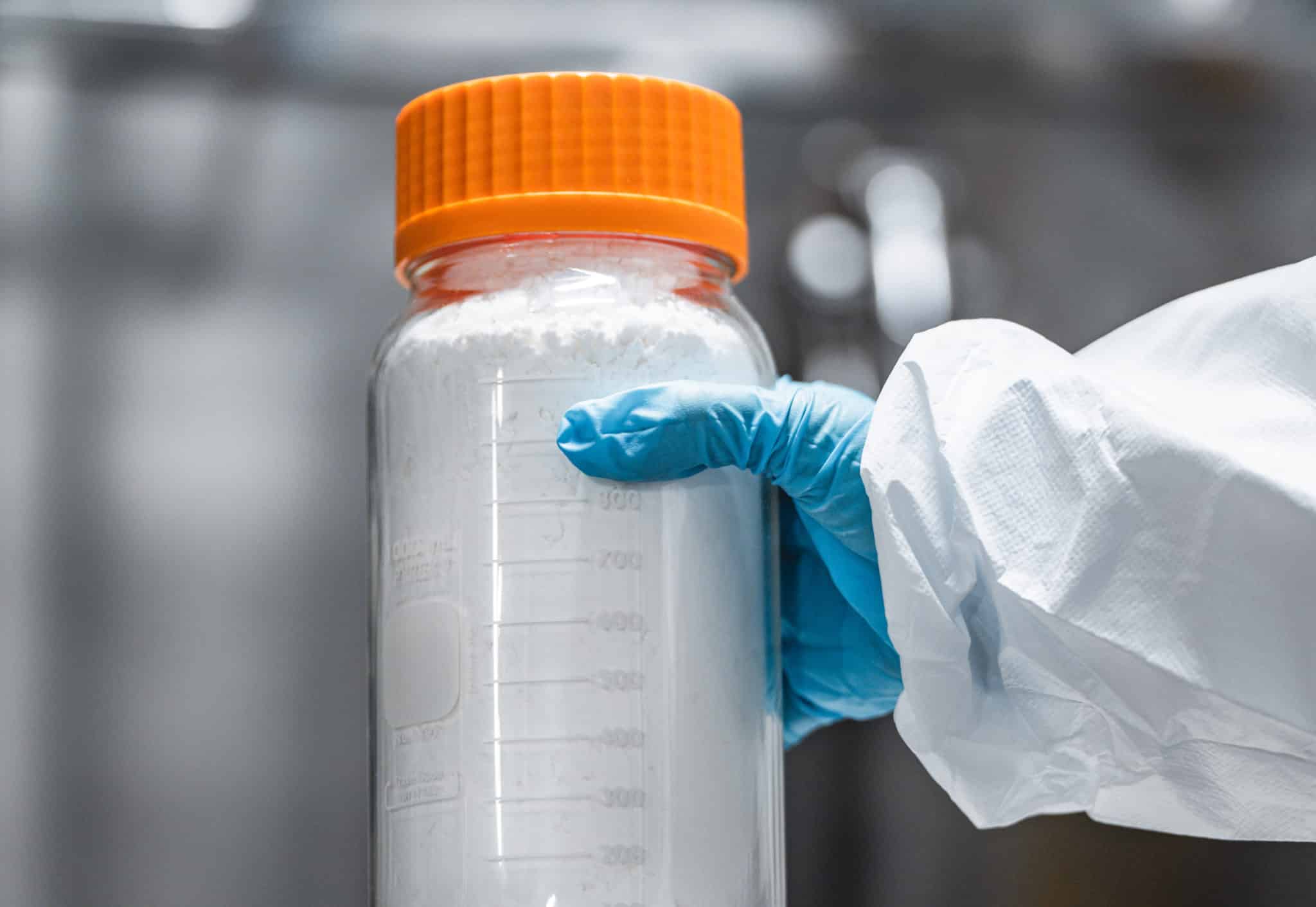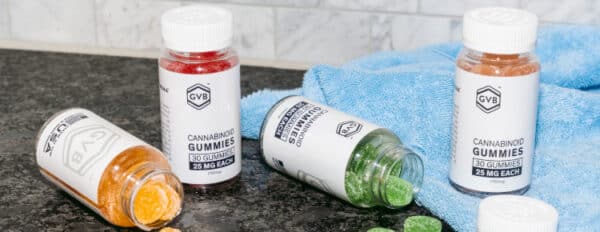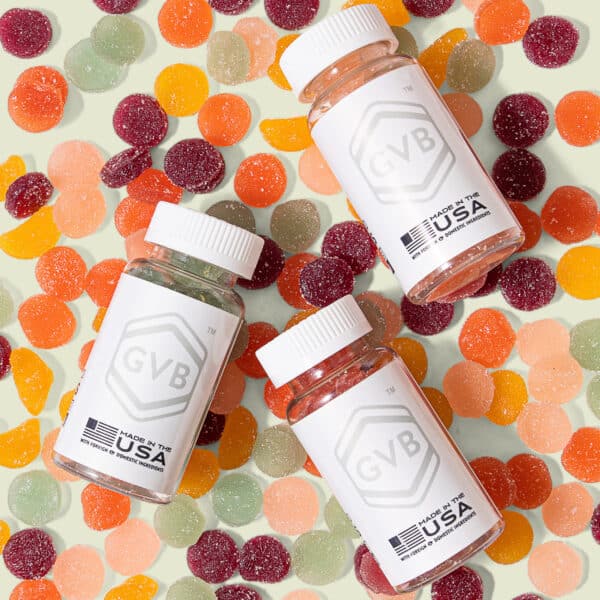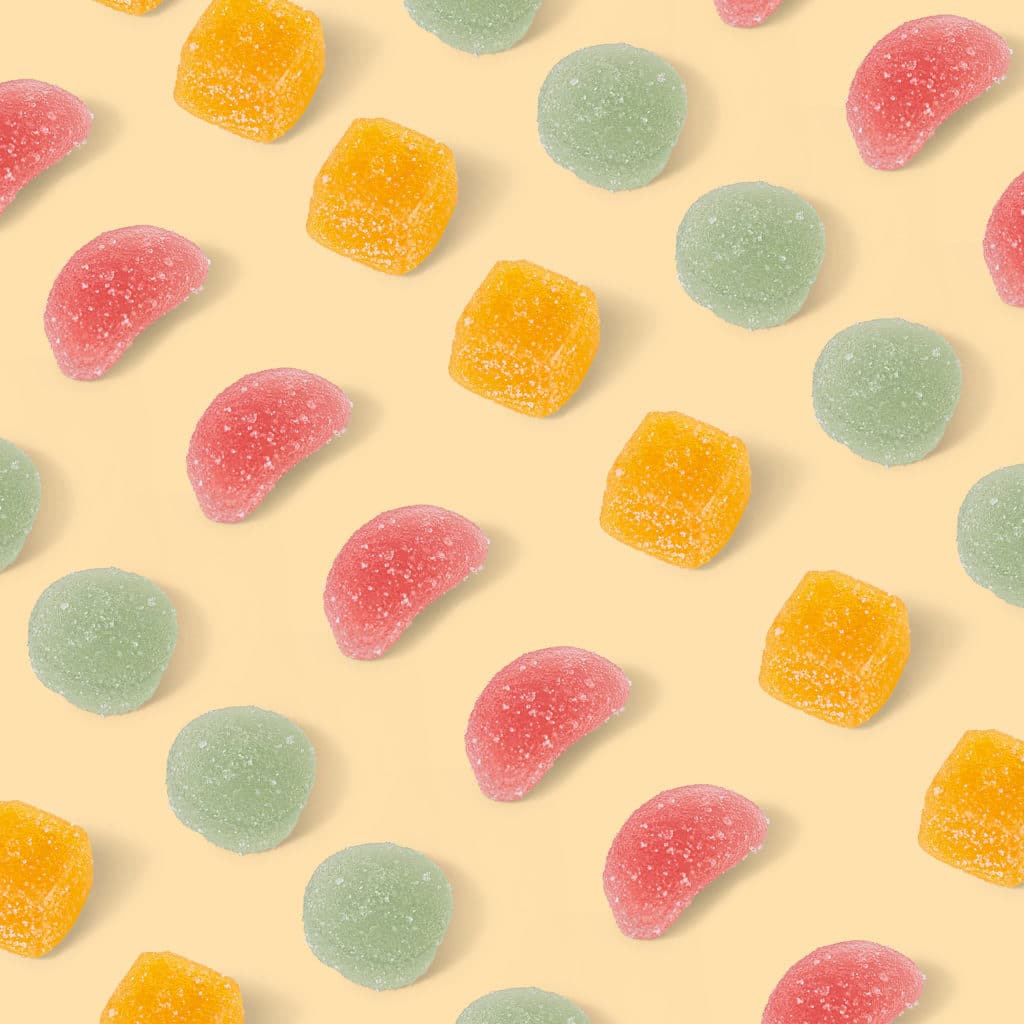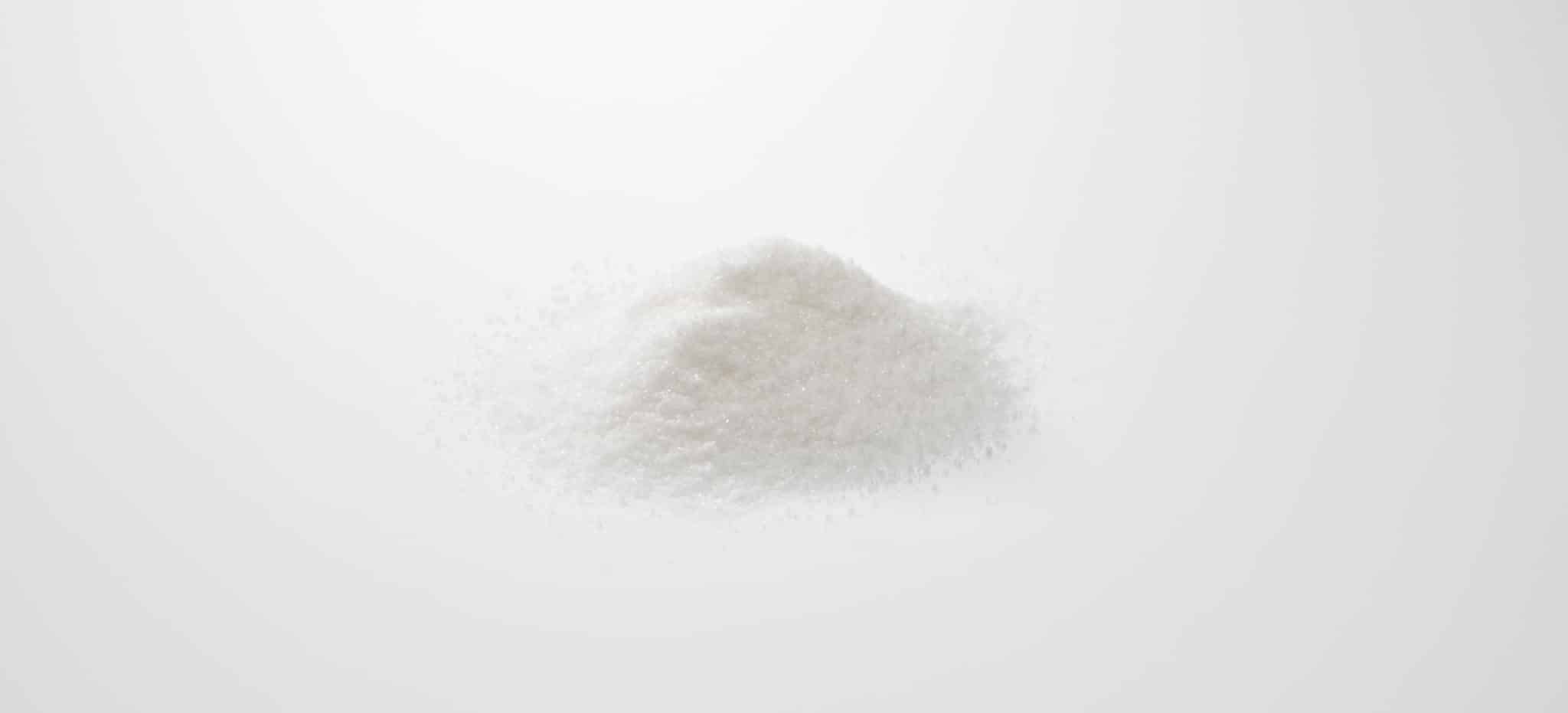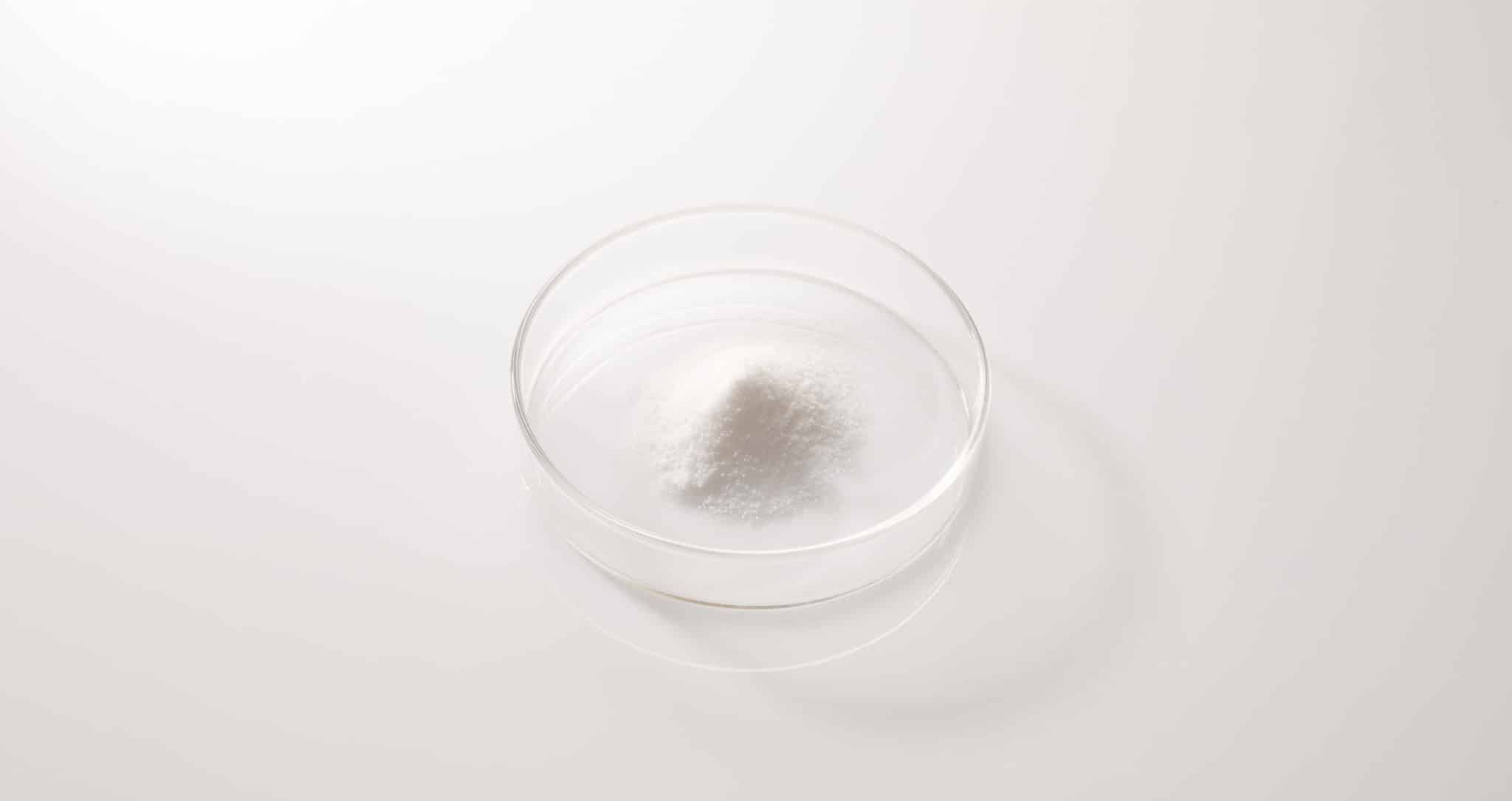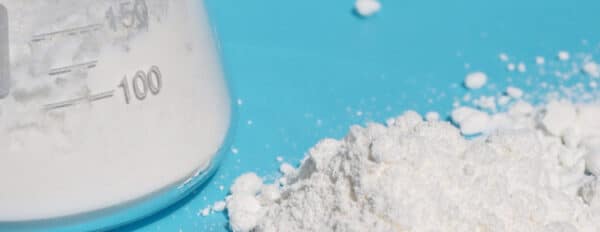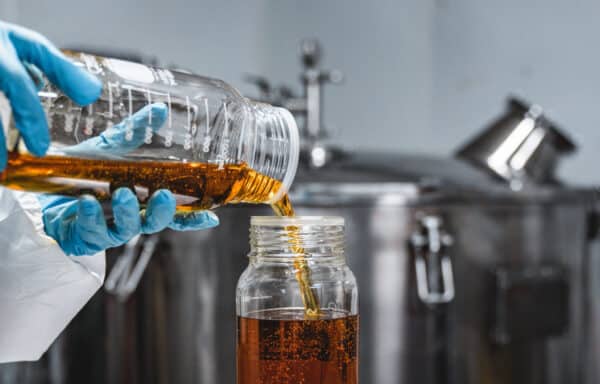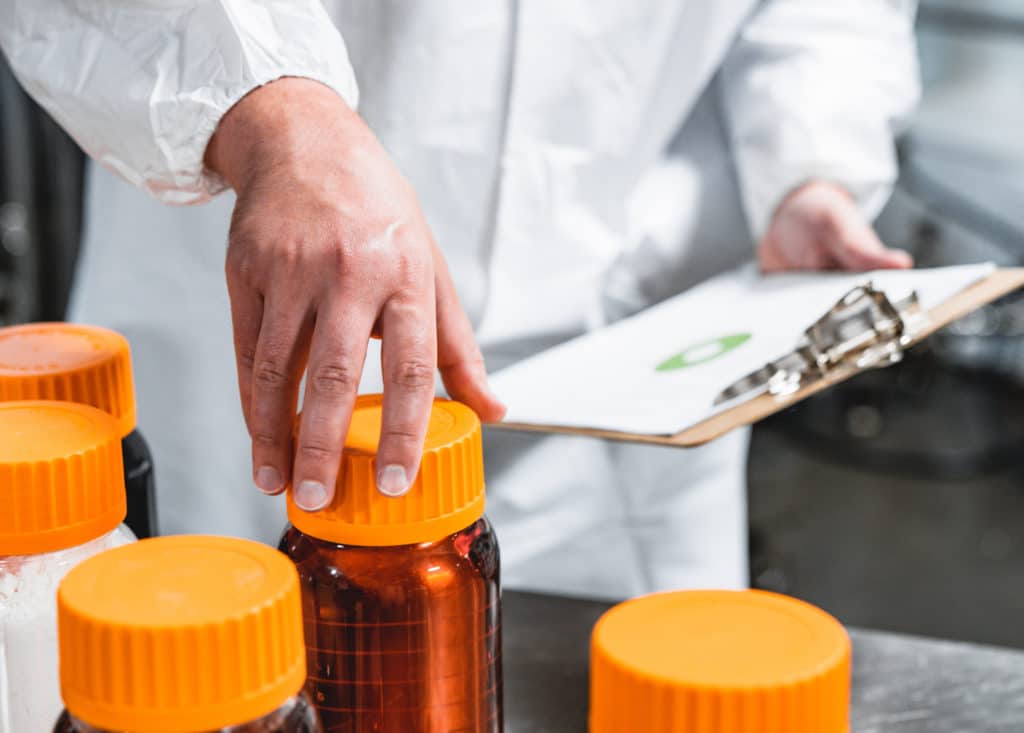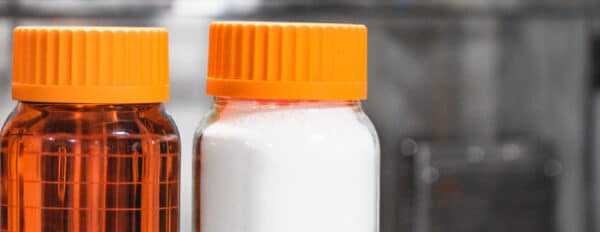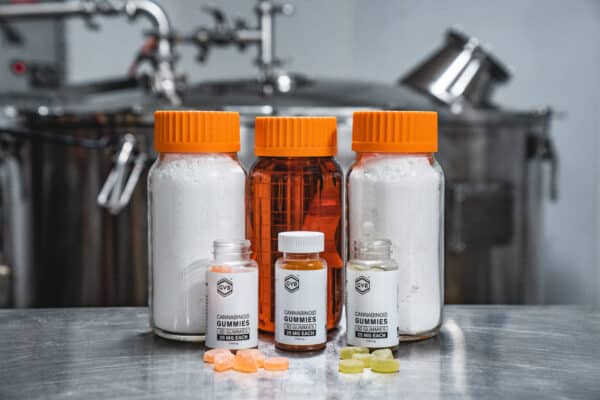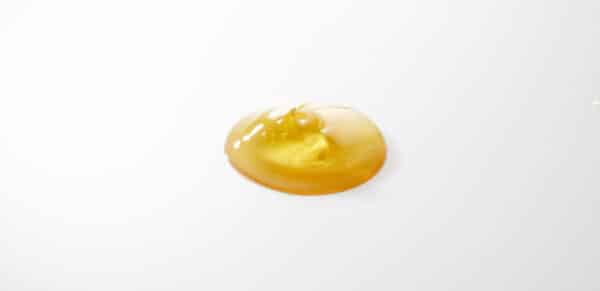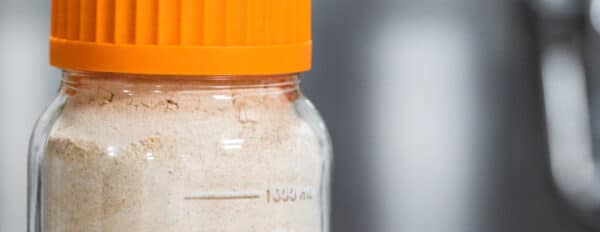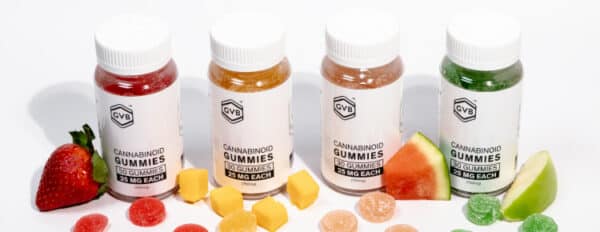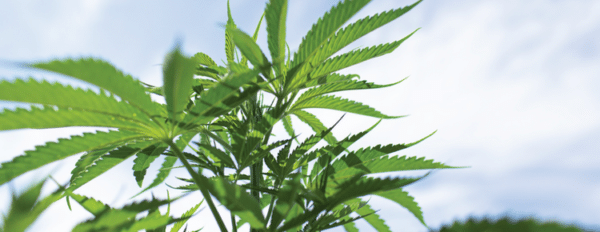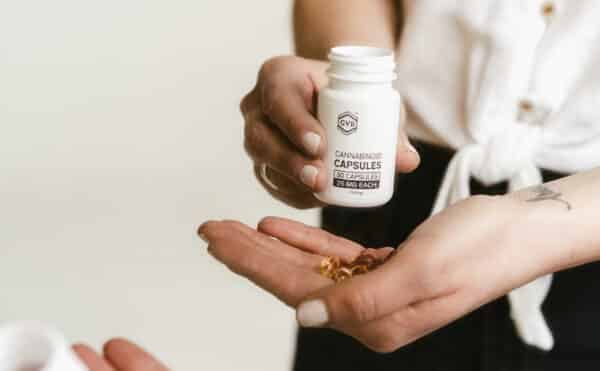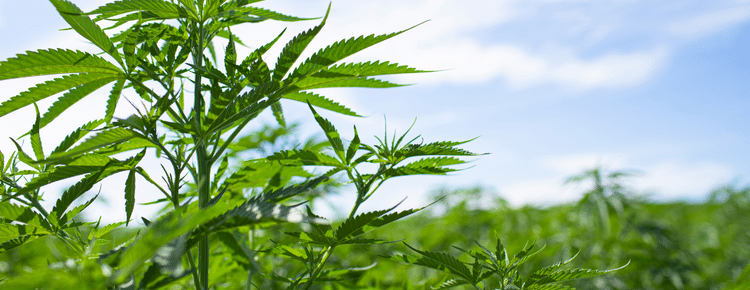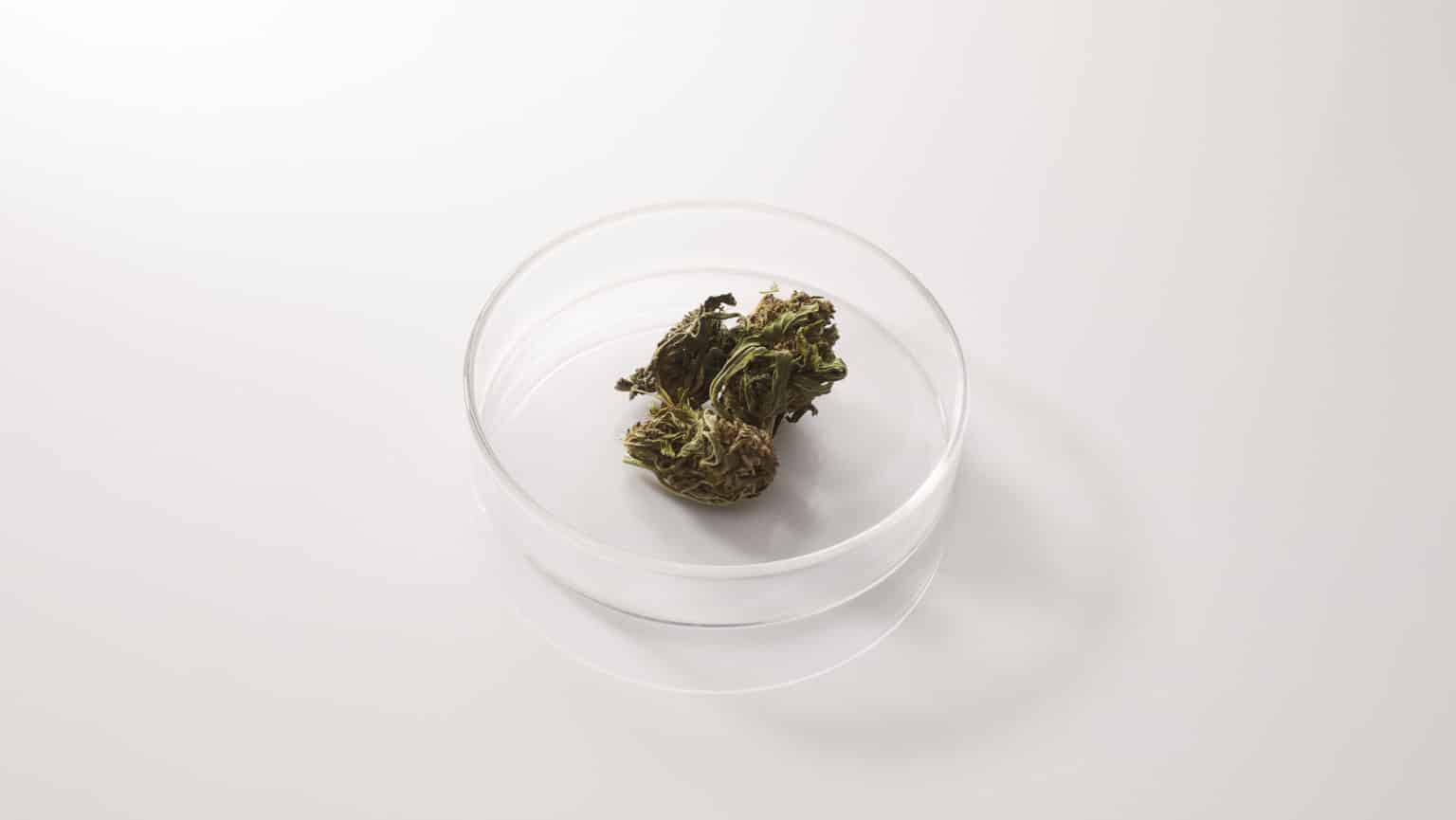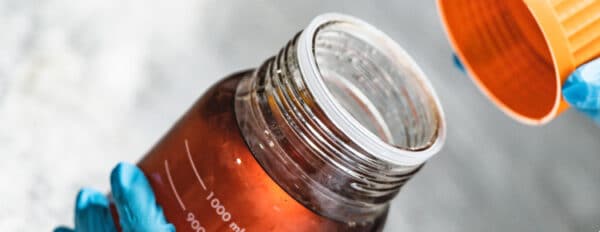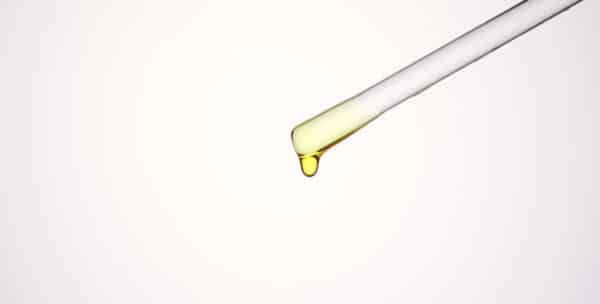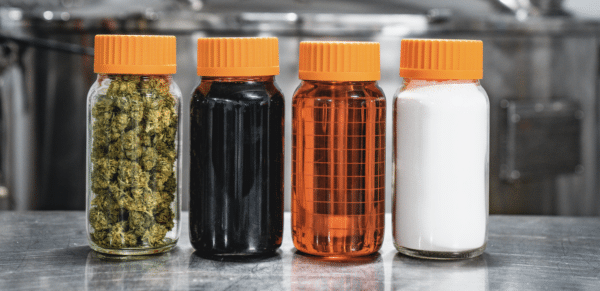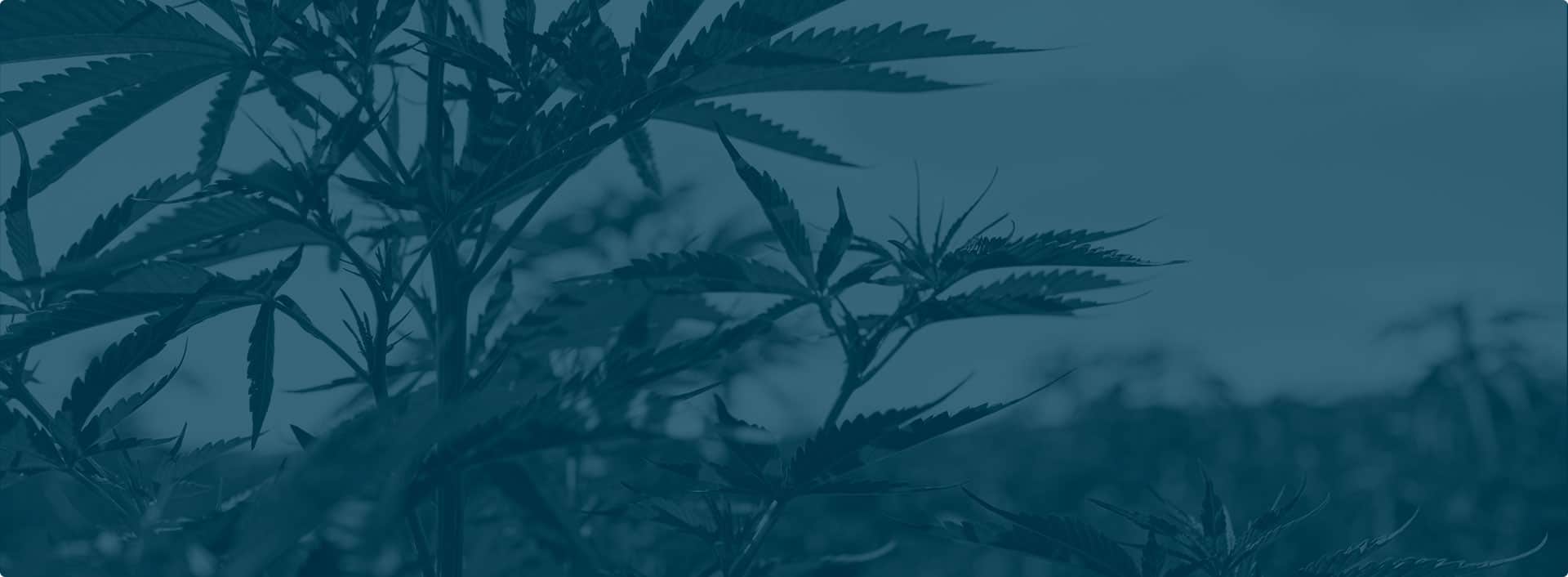As the hemp industry continues to expand at an unprecedented rate, CBD brands everywhere need hemp manufacturers they can trust to provide excellent bulk products at reasonable prices. Accountability is more important in the CBD industry than ever, requiring many brands to choose a reliable international CBD manufacturer. In this guide, learn how to find the best hemp manufacturers that supply products in your area, and discover if it’s as important as it seems to partner with an industry-leading manufacturer.
The importance of finding a reliable CBD manufacturer
The CBD industry has reached previously undreamed-of levels of annual sales volume and global legitimacy. Along with any successful venture, comes those seeking to prey on new or inexperienced companies trying to make their way within a rapidly shifting landscape.
While the newfound size and scope of the global CBD industry might lead some to believe the market’s wild west days are over, there are still plenty of hemp manufacturers out there that will try to supply you with sub-par products at sky-high prices. As a result, it’s more important than ever that you find a CBD producer you can hold accountable—whether it’s by maintaining a constant channel of communication or touring the manufacturer’s production facilities in person.
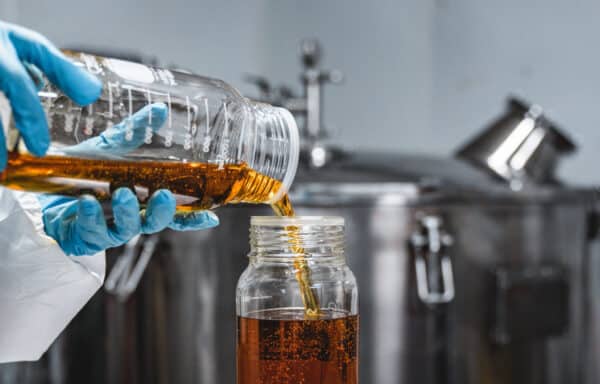
Factors to consider when selecting a hemp manufacturer near me
Before you start searching for the right CBD manufacturer supplying your area, it’s important to know what to look for. Here are a few of the most critical factors you should consider when determining if a hemp white-label supplier is a good fit:
Vertical integration
If a hemp company offers vertical integration, that means they control every aspect of the production process from seed to sale. Vertical integration eliminates quality-reducing mistakes that can occur when products are handed off between companies during manufacturing, and it proves a hemp manufacturer has the capability to handle all of its own processes.
Extraction method
Some hemp extraction methods are acceptable while others aren’t. While both CO2 and ethanol extraction can produce 100% clean and solvent-free end products, BHO and similar extraction methods invariably result in inferior or even dangerous concentrates.
Certifications
The hemp industry no longer exists in a vacuum—CBD manufacturers must now abide by the same standards of certification that ensure product quality in other consumer goods industries. Reliable hemp manufacturers actively seek out opportunities for certification instead of complying only when regulators come knocking.
How do I find a hemp supplier? 7 simple steps
Now that you know what to look for, let’s cover the method you should use as you select an ideal hemp supplier that provides bulk products in your local area:
1. Perform a web search
It might not be glamorous, but the best way to start the process of finding your ideal hemp supplier is to simply perform a few Google searches. Not only will this help you start building out your list of potential companies to work with, but it will also show which companies have enough search authority to show up for relevant queries.
2. Evaluate the capabilities and reliability of various companies
As you scroll through search results, evaluate potential companies based on the criteria we listed above. Which hemp manufacturers that service your area are vertically integrated? Which ones are properly certified, and which extraction methods do they use?
3. Make a list of potential options
By this point, you should have come across 5-10 bulk hemp suppliers that at least somewhat match your criteria. Note the names of every company that might be a good fit, and find the contact information for each.
4. Reach out to the companies on your list
By phone, email, or contact form, reach out to each CBD private labeler that shows promise. You may be able to start weeding out ineligible companies at this point based on how easy each manufacturer makes this step.
5. Narrow down your options based on the responses you receive
You can learn a lot based on how hemp producers respond to business inquiries. Cross off any companies on your list that don’t courteously respond to your inquiry in a timely manner.
6. Follow up with companies on your shortlist
For those companies that do respond quickly and informatively, continue the interaction to narrow down your options to a single manufacturer. In the end, only one company will offer the right combination of customer communication, relevant certification, product customization, and pricing you are looking for.
7. Pick a winner
Based on what you’ve learned so far about each company on your shortlist, you now have everything you need to pick the right hemp supplier for your needs. Discard all other options, and start negotiating seriously with a single lucky company.
Which CBD manufacturing company is the most reliable?
As you get to know us from your initial discovery call onward, you’ll come to recognize that GVB Biopharma is one of the most reliable, responsible, and client-centered international white-label and bulk ingredient manufacturers in the industry. Offering a unique trifecta of abundant certifications, vertical integration, and endless customizability, GVB services multiple continents and ships bulk cannabinoid products to addresses in all 50 states. Some of the unique benefits of working with GVB include:
– Full vertical integration
– Water-soluble & rare cannabinoid products
– Rigorous, multi-stage lab testing
– Total transparency (tours provided)
– Competitive Pricing
– Impeccable communication
The bottom line: Is it important for your hemp manufacturer to be local?
In reality, you don’t need your hemp supplier to be headquartered in your area to offer all the benefits of a local company. With the wonders of modern-day eCommerce, it’s possible to receive just as much assurance regarding a hemp producer’s reliability whether they’re headquartered in your own backyard or halfway across the country.
By limiting your options to companies based in your local area, you might miss out on the enhanced benefits a larger and more-qualified hemp producer could offer. Wherever you might be located, GVB Biopharma will go above and beyond to make you feel like you’re only minutes away. Our business development representatives are available to answer any questions that come up.
CBD manufacturers near me FAQ
Still, need some help finding the right CBD manufacturer that supplies your area? Check below for answers to common related questions:
Do private-label CBD manufacturers near me always offer the best value?
No, limiting your options to white-label CBD producers in your local area will actually reduce the potential value you can get out of a bulk hemp business deal. There’s no guarantee that a hemp producer runs its business efficiently and offers high-quality products just because it happens to be located near you. To get the most value possible, expand your pool to companies that service the entire nation.
Which questions should I ask a CBD manufacturer near me?
To make sure that a bulk CBD manufacturer servicing your area offers the most value and best products, start by asking if they practice vertical integration and seek out every available certification. From there, inquire about available product types and opportunities for customization. It’s also important to discuss shipping times, finished product formulations, and any other factors that might impact the manufacturing and fulfillment of your products.
What is the best hemp product on the market?
CBD tinctures continue to reign supreme as the most popular types of hemp products available online. Tinctures have evolved considerably in recent years, though, and they now often include abundant minor cannabinoids and niche types of hemp extract like THC-Free CBN Distillate.
What are the top-selling CBD products in 2022?
If you want to make sure your CBD products sell-through at rapid rates, it’s important to offer industry stand-bys like CBD tinctures. According to Statista, however, CBD topicals have shown the most rapid growth over recent years, and consumers are also keenly interested in the potential benefits of CBD capsules and gummies.
How do I find the best CBD products?
One of the best ways to find out which company makes the best CBD products is to check customer reviews. Customers leave reviews online for both CBD brands and bulk CBD producers—to find reviews for a brand, check the brand’s website, and for bulk CBD producer reviews, take a look at the company’s Google Maps profile.
How much does wholesale CBD cost?
The price of wholesale CBD can vary considerably depending on the type of CBD in question, the quantity you order, and the company you choose to work with. To learn more about our bulk pricing, contact us here.
How do I start selling CBD products?
To start selling CBD products, you’ll need to begin by finding the right bulk CBD supplier. Brands that work with bulk suppliers have the considerable advantage of not needing to invest in expensive extraction equipment or source raw materials. The right supplier can also serve as a trusted source of information on how to succeed in the rapidly changing hemp industry.
What are the top hemp companies?
Over the last few years, the names of the world’s top hemp companies have shifted from name brands to bulk suppliers, which now control the largest share of the CBD and wider cannabinoid market. These companies have proven to brands and consumers alike that their superior production processes result in reliable, high-quality products that are nonetheless offered for lower prices due to vastly improved efficiency.
What is the most profitable CBD company?
Perhaps counterintuitively, the most profitable CBD companies are not usually those that make the most money in the short term. Dozens of CBD companies emerged in the wake of the 2018 Farm Bill, for instance, that made enormous profits amid a chaotic industry environment. Those companies are no longer around, though, while the CBD companies that took the slow but sure route have now raked in quarter after quarter of recurring profits.
What is the most profitable form of hemp?
If you want to exchange each acre of hemp for the most cash possible, you’ll want to make sure it’s smokable grade. Buds that are smokable-grade often net two or three times the price per pound of non-smokable hemp, but they’re also a lot harder to grow. Ultimately, there isn’t a lot of profit to be made in hemp for small-time operators, making it prudent to work with larger companies that have already cornered the market.
Are hemp stores profitable?
Hemp specialty stores can be profitable in certain regional markets, but they’re inevitably outperformed by online competitors. The best way to launch a successful online hemp store these days is to begin by making a relationship with a qualified CBD white labeler.

